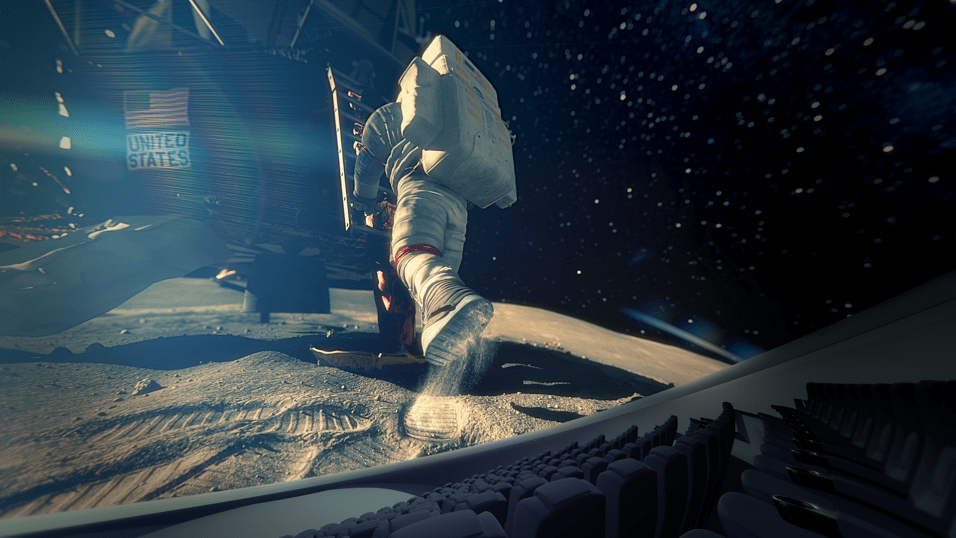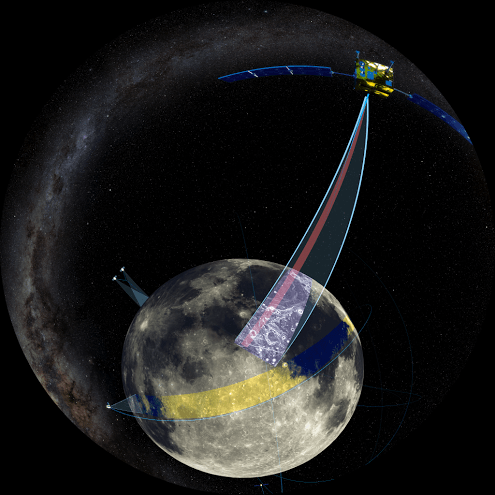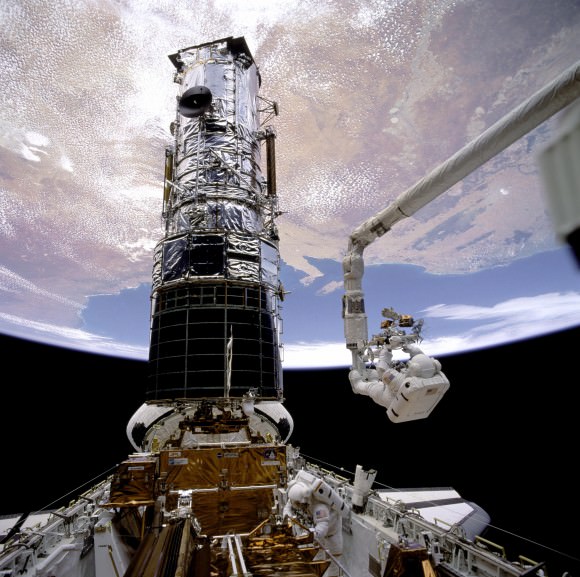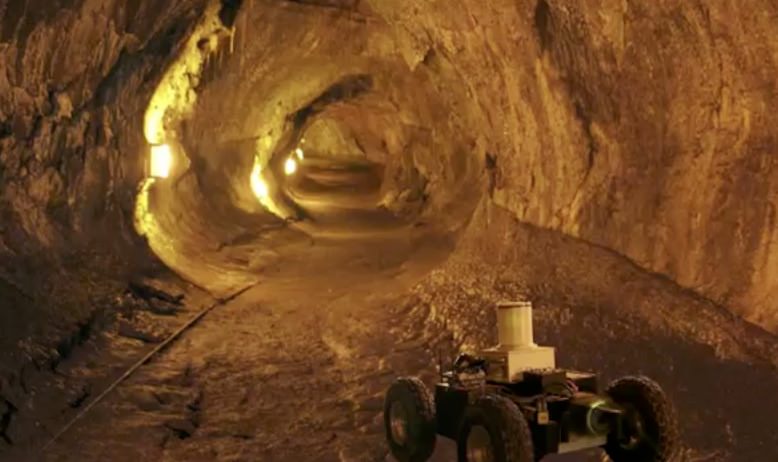Host: Fraser Cain (@fcain)
Guests:
Morgan Rehnberg (cosmicchatter.org / @MorganRehnberg )
Continue reading “Weekly Space Hangout – February 27, 2015: In Memory of Leonard Nimoy”
Host: Fraser Cain (@fcain)
Guests:
Morgan Rehnberg (cosmicchatter.org / @MorganRehnberg )
Continue reading “Weekly Space Hangout – February 27, 2015: In Memory of Leonard Nimoy”
For the 18 teams racing to put a robot on the Moon, some good news — they have an extra year to get the job done. Citing the groups’ difficulty in technology and raising money, the Google Lunar XPRIZE competition said the teams will now have until Dec. 31, 2016 to accomplish their missions.
The challenge was first announced in 2007 and the number of teams has stayed fairly steady since at least 2010, when 21 teams were reported in a Universe Today story. Some of the groups are competing for milestone prizes, the latest of which will be announced Jan. 15.
Astrobiotic won two previous competitions for $500,000 (in mobility) and $250,000 (for imaging). The grand prize is still open to everybody, regardless if they choose to pursue the milestone prizes.
“We know the mission we are asking teams to accomplish is extremely difficult and unprecedented, not only from a technological standpoint, but also in terms of the financial considerations,” stated Robert Weiss, XPRIZE’s vice-chairman and president.
“It is for this reason that we have decided to extend the competition timeline. We firmly believe that a whole new economy around low-cost access to the Moon will be the result of the Google Lunar XPRIZE.”
While the deadline has been extended, the goal is the same: the winning team must ferry a robotic machine to the Moon, move 500 meters (1,640 feet) somehow (on, above or below the surface) and send two “mooncasts” back to Earth. In 2013, Weiss told Universe Today that some of the teams had signed launch contracts, but declined to provide many details due to confidentiality concerns.
You can see more details about the teams and their progress on the XPRIZE website. The grand prize is $20 million and there is an additional $10 million available in other prizes.

To drum up publicity for the Google Lunar XPRIZE missions, the organization has produced a “dome film” about exploring the moon through the past to the future — and is giving away the product for free to dozens of dome theaters and planetariums worldwide.
Among Back To the Moon For Good’s first appearances will be the National Science Center at Leicester, United Kingdom on Nov. 6, and a United States premiere is on its way shortly. A full list of participating venues so far is at this website. The target audience for the show (which is designed for a wraparound theater) is elementary and secondary school students.
“It was Mercury, Gemini and Apollo that took the us into space, and ultimately to the moon, and this was incredibly exciting and was responsible for lots of folks going into science and technology over the years,” said Bob Weiss, who is XPRIZE’s president and executive producer of the film, in a Universe Today interview.
“We would like to provide a 21st century version of that, but as a new kind of space mission, more interactive and participatory,” he added, saying that social media and Internet websites would be a couple of ways people at home can stay engaged in the mission or missions to the moon. (That definitely wasn’t possible generally when Apollo 11, the first moon mission, landed in 1969!)

The narrator of the show is Tim Allen, an actor best known for the Home Improvement series of the 1990s. Allen, by the way, is a fan of space himself (says Weiss) and also appeared in a 1999 parody science fiction film called Galaxy Quest. Weiss said the desire was to find somebody who was family-friendly, well-known and enthusiastic about the project.
By the way, loyal fans of Home Improvement will recall that astronauts appeared on the “Tool Time” segment of the show on several occasions, usually after Hubble Space Telescope repair missions. (NASA astronaut Ken Bowersox appeared three times himself, in 1994, 1996 and 1998.)
In Season 3 show “Reality Bytes” in 1994, Tim Allen’s character asked STS-61 commander Dick Covey what the difference was between repairs in space and repairs on Earth. “It’s actually a lot like using tools here on Earth. Except there’s no gravity, so you don’t have to worry about dropping a tool on your foot,” Covey quipped.
If “Tool Time” was taking place now, we wonder if Allen would also be interviewing private companies working on robotic and human spaceflight. XPRIZE is still chugging along well, Weiss said, and added some of the teams have signed launch contracts to send their robots to the moon. (He declined to provide many details, citing confidentiality reasons.)

“We have folks who have launch contracts to go to the moon, and another serious sign is when there is real flight hardware that is being built and tested. I have seen myself some of this hardware, and there are teams that are really racing to beat each other,” he said.
“There are approximately 20 teams around the world competing to do this. It has been an interesting competition, watching some teams drop off and some devolve and recombine with each other.”
Teams have until Dec. 31, 2015 to send a robotic spacecraft to the moon, travel 500 meters (whether on, below or above the surface), and transmit two “mooncasts” for Earth. At least $40 million in “incentive-based prizes” are up for grabs. We’ve covered a few of the concepts on Universe Today before, such as one team seeking to send robots into moon caves, and a college group trying to put a rover on the surface.
Check out more information on the teams on the Google Lunar XPRIZE website.

Ever since (and most likely long before) the first tantalizing glimpses of a lunar lava tube and skylight were captured by Japan’s Kaguya spacecraft in 2009, scientists have been dreaming of ways to explore inside these geological treasures. Not only would they provide valuable information on the movement of ancient lunar lava flows, but they could also be great places for future human explorers to set up camp and be well-protected from dangerous solar and cosmic radiation.
But before human eyes will ever peer into the darkness of a lava tube on the Moon, robotic rovers will roll along their silent floors — at least, they will if Google Lunar XPRIZE competitor Astrobotic has anything to say about it.
Last month, engineer and Astrobotic CEO Dr. Red Whitttaker talked to NASA about why they want to explore a Moon cave and the history and progress of their project. Check it out below:
“Something so unique about the lava tubes is that they are the one destination that combines the trifecta of science, exploration, and resources.”
– Dr. William “Red” Whittaker, CEO Astrobotic Technology, Inc.
See this and more in-progress Moon plans from various research facilities on the Google Lunar XPRIZE Moon Roundup.
The international Google Lunar XPRIZE aims to create a new “Apollo” moment for a new generation by driving continuous lunar exploration with $40 million in incentive-based prizes. In order to win, a private company must land safely on the surface of the Moon, travel 500 meters above, below, or on the lunar surface, and send back two “Mooncasts” to Earth… all by Dec. 31, 2015.
Astrobotic Technology Inc. is a Pittsburgh-based company that delivers affordable space robotics technology and planetary missions. Spun out of Carnegie Mellon University’s Robotics Institute in 2008, Astrobotic is pioneering affordable planetary access that promises to spark a new era of exploration, science, tourism, resource utilization and mining. (Source)